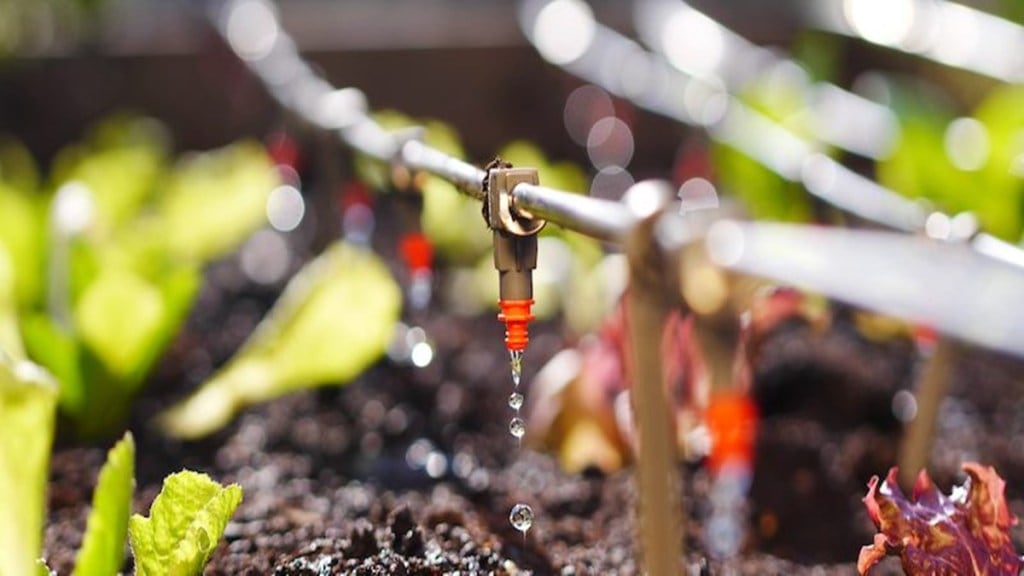The government’s fertiliser subsidy bill for FY26 could see a rise from the budget estimates (BE) of Rs 1.67 lakh crore, owing to a steep 23% rise in global prices of Di-Ammonia Phosphate (DAP) since the beginning of April.
Sources told FE that in addition to budgetary allocation of Rs 37,216 crore towards kharif season for nutrient based subsidy (NBS) or non-urea outlay, the government will have to provide special package to fertiliser companies on account of rise in global DAP prices, The country imports two-thirds of its annual consumption of 10 million tonne (MT) of DAP.
In addition, domestic manufacturing of DAP also depends on key raw materials ‘rock phosphate’ mostly imported from Senegal, Jordan, South Africa and Morocco.
Global Supply Challenges and Price Spike
“There are several factors including the Red sea crisis and China’s unpredictable exports control impacting global supplies leading to spike in prices of DAP,” an industry source said.
Global DAP prices have increased from $ 650/tonne in April to over $ 800/tonne at present. A leading manufacturer of DAP said “for ensuring smooth raw material supplies, we need to invest in acquiring mines,”.
Due to rise in global fertiliser prices, fertiliser subsidy in FY25 was revised to Rs 1.91 lakh crore from budget estimate of Rs 1.68 lakh crore. For 2025-26 budget estimate, Rs 1.67 lakh crore has been allocated under fertiliser subsidy.
For the current kharif season, the government has increased the subsidy on DAP under the nutrient based subsidy NBS regime to Rs 27,799/ tonne.
At the same time the maximum retail price (MRP) of DAP has remained unchanged for the last couple of years at Rs 27,000/tonne or Rs 1350 per 50 kg bag.
Rising Demand, Import Drop, and Policy Push
In FY25, due to geo-political situation, which had adversely affected the viability of procurement of DAP by fertiliser companies, the government has provided a special package of Rs 3500/tonne on DAP beyond approved NBS rates for both kharif and rabi season.
There are several reports of shortage of DAP, a vital fertilizer containing phosphorus which crops require at the early stage of root and shoot development.
Due to supply constraints for the last one year, opening stock of DAP at the beginning of kharif planting season was1.24 MT on June 1 against 3.3 MT a year ago.
Meanwhile, in the first quarter of FY26, fertiliser – urea, DAP, NPK and potash import has declined by 16% to 3.03 MT on year. India imported 16.1 MT of fertiliser while domestic consumption of soil nutrients is around 60 MT.
However officials have stated that the MRP of DAP would remain at the same level to insulate farmers against rise in global prices of soil nutrient.
Last week, a long-term agreement was reached between Maaden, Saudi Arabia and Indian companies- IPL, KRIBHCO and CIL to supply 3.1 MT of DAP annually for the next five years. FY25, India imported 1.9 MT of DAP Saudi Arabia, higher by 17% on year.
The country imports DAP mainly from West Asia and Jordan while the domestic MoP demand is met solely through imports from Morocco, Saudi Arabia, Belarus, Canada and Jordan, etc).
Retail prices of phosphatic and potassic (P&K) fertilisers, including DAP were ‘decontrolled’ in 2010 with the introduction of a ‘fixed-subsidy’ regime as part of NBS mechanism.
Since March, 2018, the retail urea price has remained unchanged. The scheme allows retail prices of the key soil nutrient to farmers to be kept at 242 per bag of 45 kg, even as the current cost of production is around Rs 2,600/bag.

